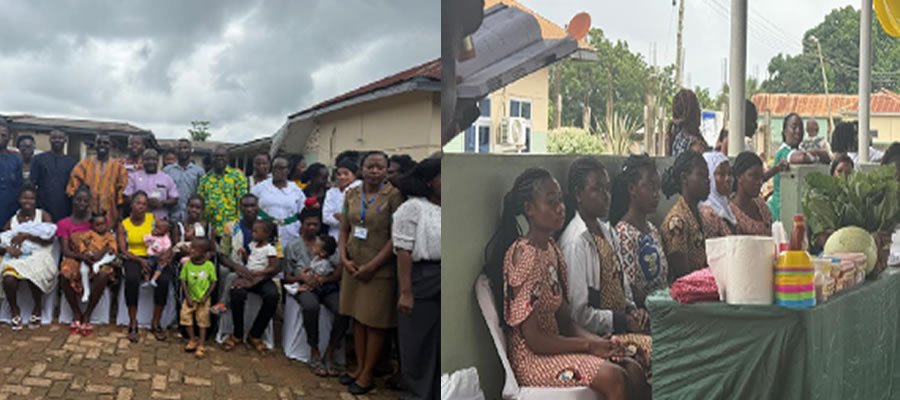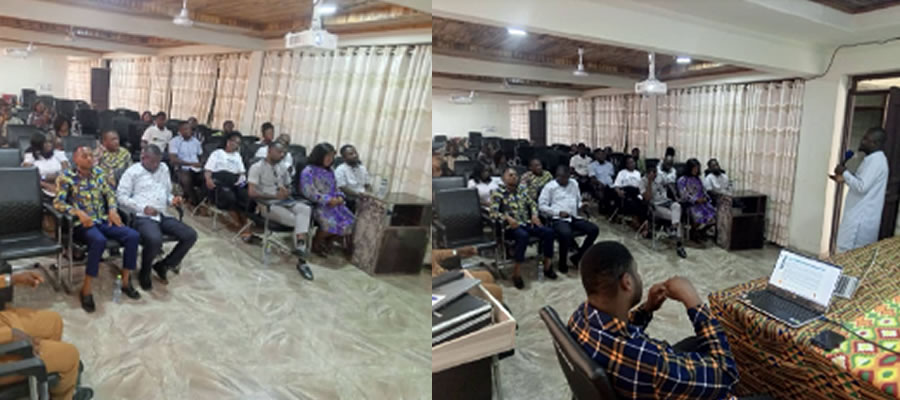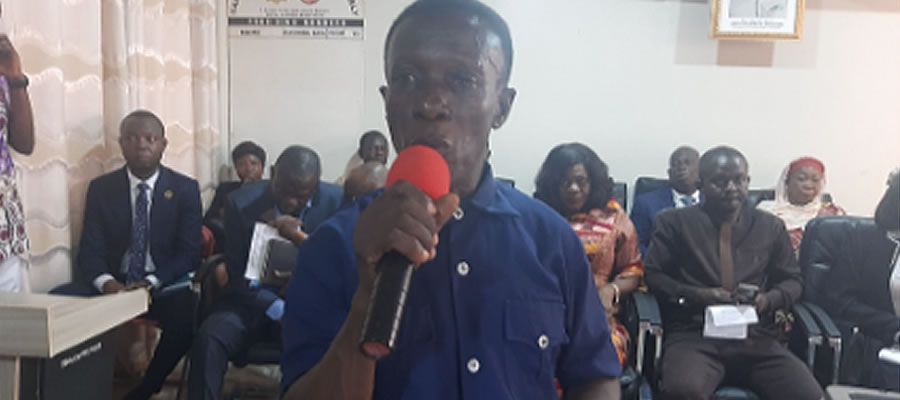

Finances Of The District Assembly
The financial provisions for the new Local Government system are contained in Articles 245 and 252 of the 1992 constitution and section 34, parts vii, viii, ix and x of Act 462. This law empowers the Local Government to generate revenue as well as to bear certain expenditures. The Local Government Act specifies two major sources of revenue for the District Assemblies:
- District Assemblies Locally Generated Revenue such as Rates and Receipts, Lands, Fees and Fines, Licences, Rents, etc and Central Government Transfers.
This section is devoted to the analysis of the revenue and expenditure pattern of the Tano South Municipal Assembly for 2004 –
Analysis Of Income And Expenditure
The comparative revenue and expenditure figures as indicated in the Tables 13 and 14 respectively present a pattern on how the Assembly performed in the period between 2004 and July 2006.
Total revenue realised for the period under review is approximately ¢28.4billion. Out of this amount, Common Fund accounted for approximately ¢11.8billion. Government Grants in the form of salaries to the Assembly Staff is approximately ¢2.6billion and Internally Generated fund is also approximately ¢12.5billion.
Over the period, the largest tranche of the Assembly’s revenue was contributed by the Common Fund which is approximately 25.5% of the total revenue. The Common Fund contributes an average of 23.1% of the total revenue.
Another interesting feature of the locally generated revenue is that the largest portion of it was realised from Stool Lands proceeds, accounted for 32% of the local revenue.
The expenditure pattern shows that out of a total amount of 21.9billion, expended over the period 2004 – 2005 approximately 56% was spent on development projects. The recurrent expenditure accounted for the remaining 14%.
In the area of recurrent expenditure, Personnel Emolument recorded the highest expenditure of approximately 73% leaving 27% to cater for travelling and transport, general expenditure, maintenance and miscellaneous expenditure.
- In 2004 and 2005, no amount was spent on capital projects from locally generated revenue. This situation suggests that no capital project could have been undertaken from 2004 – 2005 but for the Common Fund and HIPC.
Projected Revenue – Table 14
- A total amount of ¢4,275,010,099.68 is projected to be realised from locally generated revenue against a growth rate of 25.5% for the period of 2006 – 2009. This target can only be met if the Assembly intensifies and sustains its revenue mobilisation effort and also redirects its attention to other potential sources of revenue in the District.
It is also anticipated that the Common Fund inflow will grow at the rate of 23.1% per annum. This will make it possible for the Assembly to get approximately ¢35,885,447,214.60 for its development programmes for the projected period.
- With the increasing demand on the District Assembly to provide social facilities to the various communities, specific measures have been put in place to maximise the mobilisation of revenue.
These measures include:
- Establishment of Task Force;
- Segmentation of areas of operation for easy management;
- Provision of vehicle to make revenue staff mobile;
- Public education to be assisted by NCCE and Traditional Authorities;
- Targets are set for all collects and station offers; and
- Sanction to be applied to defaulting revenue staff.
- Weekly rendering of accounts.
- Internal posting of Revenue Collectors.
The under mentioned reasons account for the low performance of the revenue generation in the District:
- Inadequate equipment and logistic support. For example, means of transport, raincoats and Wellington boots.
- In adequate public education on revenue payment.
- Inadequate monitoring of revenue operations.
- Ineffective accounting and reporting system.
- Inadequate database on revenue sources.
- Inadequate revenue collection skills on the part of the collectors.
Commerce
Commerce is an important activity in the District. About 16 percent of the population is engaged in commerce as a major occupation. This has been facilitated by the strategic position of the District capital which is located midway on the Kumasi – Sunyani highway. Other towns in the District such as Techimantia and Derma have enjoyed high commercial activities as a result of influx of traders from Accra – Kumasi – Sunyani and Techiman.
The major commercial activities include marketing of foodstuffs, agricultural inputs, second hand clothings, footwear, provisions, chemical selling, general spare parts and beverages and toiletries.
However, the maximum benefits of marketing activities in the District have been hampered by high cost of transport fares.
Financial Services
The presence of brisk commercial activities gives rise to a number of financial institutions providing numerous services to their customers. The services provided are credit, overdraft, short-term loans and acting as solicitors on behalf of their customers.
The financial institutions are as follows:
- Ghana Commercial Bank - Bechem
- Derma Rural Bank - Derma
- Derma Rural Bank - Techimantia
- Derma Rural Bank - Bechem
- Bomaa Rural Bank - Bechem
Analysis of POCC
District Development Problems, Potentials, Opportunities, Constraints And Challenges
Introduction
The assessment of potentials, opportunities, constraints and challenges of the District is an important part of the planning process. This analytical process affords stakeholders in the plan preparation and implementation to actually realize the potentials and opportunities in the District that can be relied on to overcome the problems and challenges in programme implementation. When this is known, policy-makers and implementers can know how to translate them into actions.
The constraints and challenges also present the limitations and possible situations which can derail the development activities or efforts.
The POCC analysis for the Tano South Municipal is presented under the three (3) thematic areas of the Growth and Poverty Reduction Strategy II in the matrix (table below indicates).
Date Created : 11/21/2017 1:18:39 AM












 facebook
facebook
 twitter
twitter
 Youtube
Youtube
 +233 593 831 280
+233 593 831 280 0800 430 430
0800 430 430 GPS: GE-231-4383
GPS: GE-231-4383 info@ghanadistricts.com
info@ghanadistricts.com Box GP1044, Accra, Ghana
Box GP1044, Accra, Ghana